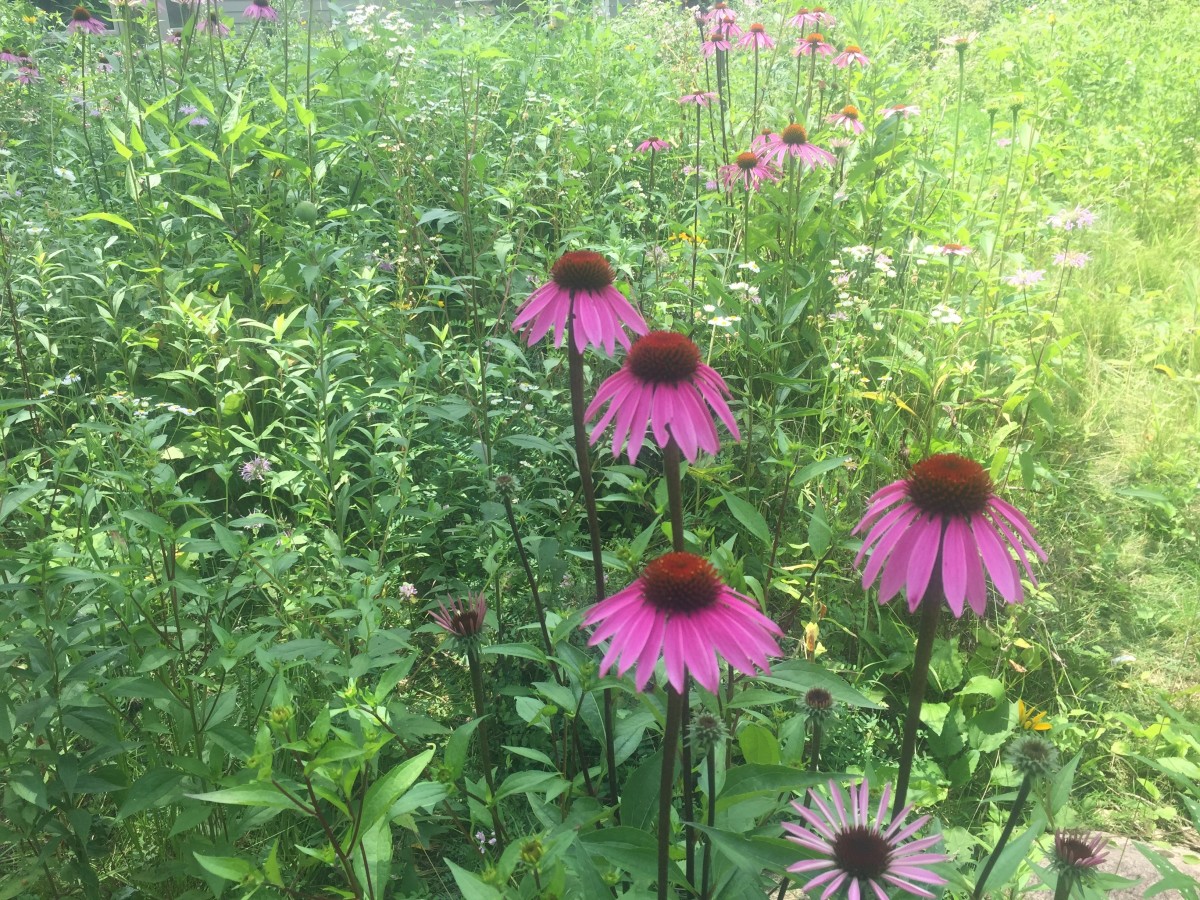

Insects were 42 times more abundant on our most visited plant (black-eyed Susan, Rudbeckia fulgida) versus our least visited plant (petunia, Petunia sp.). We found a significant effect of plant species on both the abundance and diversity of flower-visiting insects. We surveyed the number and taxonomy of insects visiting the plants for two summers. Our objective was to determine the plants that would bring insect abundance and diversity to gardens. Here, we created a pollinator garden, replicated across two sites, that contained 25 ornamental landscape plants that were either native or non-native to mid-Atlantic states and perennial or annual. However, plant recommendations often lack empirical grounding or are limited geographically. Please note that a plant may be invasive in one area but may not in your area so it’s worth checking.Gardening for pollinators and other flower-visiting insects, where ornamental landscaping plants are added to provide habitats and foraging resources, may provide substantial benefits to declining insect populations.

If available other names are mentioned hereĬountries where the plant has been found are listed here if the information is available Larger clumps can be replanted direct into their permanent positions, though it is best to pot up smaller clumps and grow them on in a cold frame until they are rooting well. Plant them out in the late spring or early summer of the following year and give them some protection from slugs at least until they are established. Prick out the seedlings into individual pots once they are large enough to handle and grow them on in the greenhouse for the first summer. The seed usually germinates in 10 - 21 days at 25°c. Diurnal temperature fluctuations aid germination. Seed - sow March/April in a greenhouse and only just cover the seed. Our new book to be released soon is Edible Shrubs. Book titles include Edible Plants, Edible Perennials, Edible Trees, and Woodland Gardening. Plants For A Future have a number of books available in paperback and digital form. The German Commission E Monographs, a therapeutic guide to herbal medicine, approve Echinacea for common cold, cough and bronchitis, fevers and cold, urinary tract infections, inflammation of the mouth and pharynx, increase resistance to infection, wounds and burns (see for critics of commission E). It is harvested in the autumn and dried for later use. The plant is adaptogen, alterative, antiseptic, depurative, diaphoretic, digestive, sialagogue. An infusion of the plant was also used to treat snakebites. American Indians as a universal application to treat the bites and stings of all types of insects. The roots and the whole plant are considered particularly beneficial in the treatment of sores, wounds, burns etc, possessing cortisone-like and antibacterial activity. In Germany over 200 pharmaceutical preparations are made from Echinacea. There has been some doubt over the ability of the body to absorb the medicinally active ingredients orally (intravenous injections being considered the only effective way to administer the plant), but recent research has demonstrated significant absorption from orally administered applications. The plant has a general stimulatory effect on the immune system and is widely used in modern herbal treatments. They had a very wide range of applications and many of these uses have been confirmed by modern science. American Indian herbal remedies, though this species is considered to be less active than E. Adaptogen Alterative Antiseptic Appetizer Depurative Diaphoretic Digestive Sialagogue Urinary Plants in this genus were probably the most frequently used of N.
#PURPLE CONEFLOWER MEDICINAL USES PROFESSIONAL#
Always seek advice from a professional before using a plant medicinally. Plants For A Future can not take any responsibility for any adverse effects from the use of plants.


 0 kommentar(er)
0 kommentar(er)
